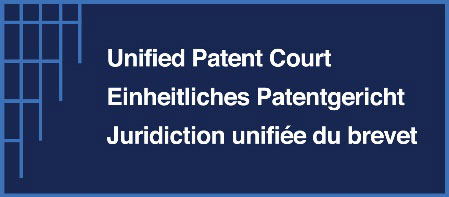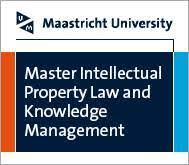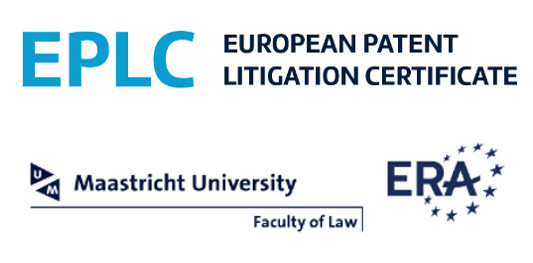Article 5
Print this page1. Temporary acts of reproduction referred to in Article 2, which are transient or incidental which are an integral and essential part of a technological process and the sole purpose of which is to enable:
(a) a transmission in a network between third parties by an intermediary, or
(b) a lawful use of a work or other subject-matter to be made, and which have no independent economic significance, shall be exempted from the reproduction right provided for in Article 2.
2. Member States may provide for exceptions or limitations to the reproduction right provided for in Article 2 in the following cases:
(a) in respect of reproductions on paper or any similar medium, effected by the use of any kind of photographic technique or by some other process having similar effects, with the exception of sheet music, provided that the rightholders receive fair compensation;
(b) in respect of reproductions on any medium made by a natural person for private use and for ends that are neither directly nor indirectly commercial, on condition that the rightholders receive fair compensation which takes account of the application or nonapplication of technological measures referred to in Article 6 to the work or subject-matter concerned;
(c) in respect of specific acts of reproduction made by publicly accessible libraries, educational establishments or museums, or by archives, which are not for direct or indirect economic or commercial advantage, without prejudice to the exceptions and limitations provided for in Directive (EU) 2019/790 of the European Parliament and of the Council;
(d) in respect of ephemeral recordings of works made by broadcasting organisations by means of their own facilities and for their own broadcasts; the preservation of these recordings in official archives may, on the grounds of their exceptional documentary character, be permitted (1);
(e) in respect of reproductions of broadcasts made by social institutions pursuing non-commercial purposes, such as hospitals or prisons, on condition that the rightholders receive fair compensation.
3. Member States may provide for exceptions or limitations to the rights provided for in Articles 2 and 3 in the following cases:
(a) use for the sole purpose of illustration for teaching or scientific research, as long as the source, including the author's name, is indicated, unless this turns out to be impossible and to the extent justified by the non-commercial purpose to be achieved, without prejudice to the exceptions and limitations provided for in Directive (EU) 2019/790;
(b) uses, for the benefit of people with a disability, which are directly related to the disability and of a non-commercial nature, to the extent required by the specific disability, without prejudice to the obligations of Member States under Directive (EU) 2017/1564 of the European Parliament and of the Council (2);
(c) reproduction by the press, communication to the public or making available of published articles on current economic, political or religious topics or of broadcast works or other subject-matter of the same character, in cases where such use is not expressly reserved, and as long as the source, including the author's name, is indicated, or use of works or other subject-matter in connection with the reporting of current events, to the extent justified by the informatory purpose and as long as the source, including the author's name, is indicated, unless this turns out to be impossible;
(d) quotations for purposes such as criticism or review, provided that they relate to a work or other subject-matter which has already been lawfully made available to the public, that, unless this turns out to be impossible, the source, including the author's name, is indicated, and that their use is in accordance with fair practice, and to the extent required by the specific purpose;
(e) use for the purposes of public security or to ensure the proper performance or reporting of administrative, parliamentary or judicial proceedings;
(f) use of political speeches as well as extracts of public lectures or similar works or subject-matter to the extent justified by the informatory purpose and provided that the source, including the author's name, is indicated, except where this turns out to be impossible;
(g) use during religious celebrations or official celebrations organised by a public authority;
(h) use of works, such as works of architecture or sculpture, made to be located permanently in public places;
(i) incidental inclusion of a work or other subject-matter in other material;
(j) use for the purpose of advertising the public exhibition or sale of artistic works, to the extent necessary to promote the event, excluding any other commercial use;
(k) use for the purpose of caricature, parody or pastiche;
(l) use in connection with the demonstration or repair of equipment;
(m) use of an artistic work in the form of a building or a drawing or plan of a building for the purposes of reconstructing the building;
(n) use by communication or making available, for the purpose of research or private study, to individual members of the public by dedicated terminals on the premises of establishments referred to in paragraph 2(c) of works and other subject-matter not subject to purchase or licensing terms which are contained in their collections;
(o) use in certain other cases of minor importance where exceptions or limitations already exist under national law, provided that they only concern analogue uses and do not affect the free circulation of goods and services within the Community, without prejudice to the other exceptions and limitations contained in this Article.
4. Where the Member States may provide for an exception or limitation to the right of reproduction pursuant to paragraphs 2 and 3, they may provide similarly for an exception or limitation to the right of distribution as referred to in Article 4 to the extent justified by the purpose of the authorised act of reproduction.
5. The exceptions and limitations provided for in paragraphs 1, 2, 3 and 4 shall only be applied in certain special cases which do not conflict with a normal exploitation of the work or other subject-matter and do not unreasonably prejudice the legitimate interests of the rightholder.
-----------------------------------
(1) Directive (EU) 2019/790 of the European Parliament and of the Council of 17 April 2019 on copyright and related rights in the Digital Single Market and amending Directives 96/9/EC and 2001/29/EC (OJ L 130, 17.5.2019, p. 92).
(2) Directive (EU) 2017/1564 of the European Parliament and of the Council of 13 September 2017 on certain permitted uses of certain works and other subject matter protected by copyright and related rights for the benefit of persons who are blind, visually impaired or otherwise print-disabled and amending Directive 2001/29/EC on the harmonisation of certain aspects of copyright and related rights in the information society (OJ L 242, 20.9.2017, p. 6).

















